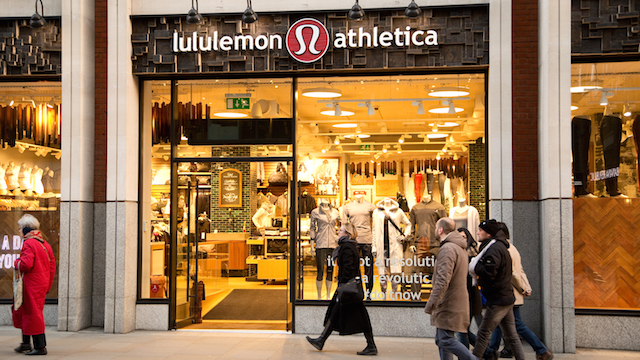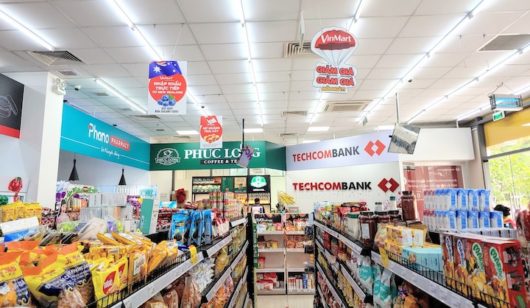Lululemon’s final quarter numbers look fairly solid on the surface, especially when compared to the rather lacklustre performance during the prior quarter.
However, while there has been a pickup in sales momentum, the underlying figures continue to show signs of weakness.
At headline level, net revenue from the Canadian athleisure wear retailer rose by an impressive 17 per cent. Most of this was propelled by the 62 new store openings across the fiscal year. There is nothing inherently wrong with this and, indeed, we would argue that it underlines the latent opportunity Lululemon has to increase its fleet across many geographies. However, the slight issue is that such expansion has come at the expense of profit growth, which at net income level rose by a subdued 6 per cent during the quarter.
Margin was also eroded by another contributor to growth – direct sales. On a year-on-year basis direct sales grew by 28 per cent during the period to stand at just over a fifth of all company sales. Such a rise comes off the back of the continued traction of online and, as such, is aligned with consumer demand. However, we also believe the direct sales model to be marginally less profitable than sales made via stores – a fact reflected in the margin position which has fallen slightly compared to last year.
As much as new stores and online have made positive contributions, the growth from physical stores is less impressive. Revenue from this channel grew by a paltry 1 per cent, certainly an uplift on the flat position of last quarter but still worryingly slow considering that many stores in the fleet are still relatively new. The meagre rise is made all the worse by the fact that prior year comparatives, when sales rose by 2 per cent, are relatively soft.
Part of the reason for slower store sales growth is down to the stronger dollar. On a constant currency basis store sales rose by a more pleasing 5 per cent, but even so this remains a long way below the growth of other channels and somewhat below the growth rate for athleisure as a whole across the fourth quarter.
While Lululemon should be applauded for its efforts around direct sales, its stores should be working much harder. There is still plenty of growth left in the athleisure segment and stores remain, for many consumers, become an important touchpoint for advice, inspiration and information. On these fronts Lululemon has more work to do on the in-store experience. This is especially so in light of a much more competitive marketplace in which players like Under Armour are rolling out more experiential stores.
Looking ahead, the Lululemon brand remains strong, especially among its target market. However, while loyalty is relatively solid among its core constituency it also needs to look outside of this group if it is to drive growth. One area of opportunity is the push into more embryonic areas like men’s and teens. However, while Lululemon has made some good progress, the brand still has a somewhat limited appeal to many of these groups, and there is much more work to be done in making the brand connect with new segments.
In the year ahead, Lululemon will continue to make progress on the sales front, however underlying sales will be fairly weak. The market for athleisure is unlikely to slow down any time soon, but it is now much more difficult to grow simply because there are so many players vying for share. Against this backdrop Lululemon needs to focus on refreshing its brand, both to draw existing shoppers back to its stores and attract new and lucrative consumers.
- Neil Saunders is CEO of retail analyst Conlumino.






